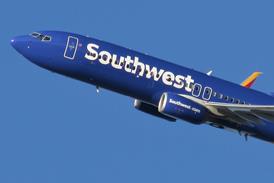The European Space Agency's (ESA) science advisers have proposed six new space science missions to be considered for ESA's "flexi-mission" series, due to be launched between 2005 and 2009.
The flexi-missions were introduced in 1997 to allow two missions to be funded for the price of one former medium-class mission, such as the Huygens spacecraft. Flexi-missions will cost no more than €176 million ($169 million).
The first such mission (F1) is the Mars Express, being prepared for launch in 2003. It will carry the UK-funded Beagle 2 Mars lander as a piggyback payload.
The six potential missions, which were selected from 50 proposals, will undergo close investigation over the next six months for F2 and F3, with selection by September. The prime candidate for one slot is European participation in the NASA-led Next Generation Space Telescope to succeed the Hubble Space Telescope in 2008.
Three of the remaining six new candidates involve studies of the solar system and the Earth's space environment. The first, Storm, proposes to use three satellites to study charged particles resulting from solar eruptions; the Solar Orbiter mission will use a spacecraft to orbit the sun more closely than the inner planet, Mercury, making one orbit during the time it takes for the sun to make one rotation; while Master would use the Mars Express spacecraft bus to fly by Mars, deploy a small lander and use the planet's gravity to move towards the asteroid belt for close examination.
Two other proposals - Hyper and Casimir - involve fundamental physics, with only one of the two proposals to be selected to go on to full assessment. Hyper would test new atomic gyroscopes and motion sensors, while Casimir would investigate the quantum theory that implies that even a perfect vacuum is not empty, but contains short-lived particles and forces.
Eddington, the sixth candidate, would consist of a telescope to examine stars for oscillations caused by orbiting planets.
Source: Flight International























